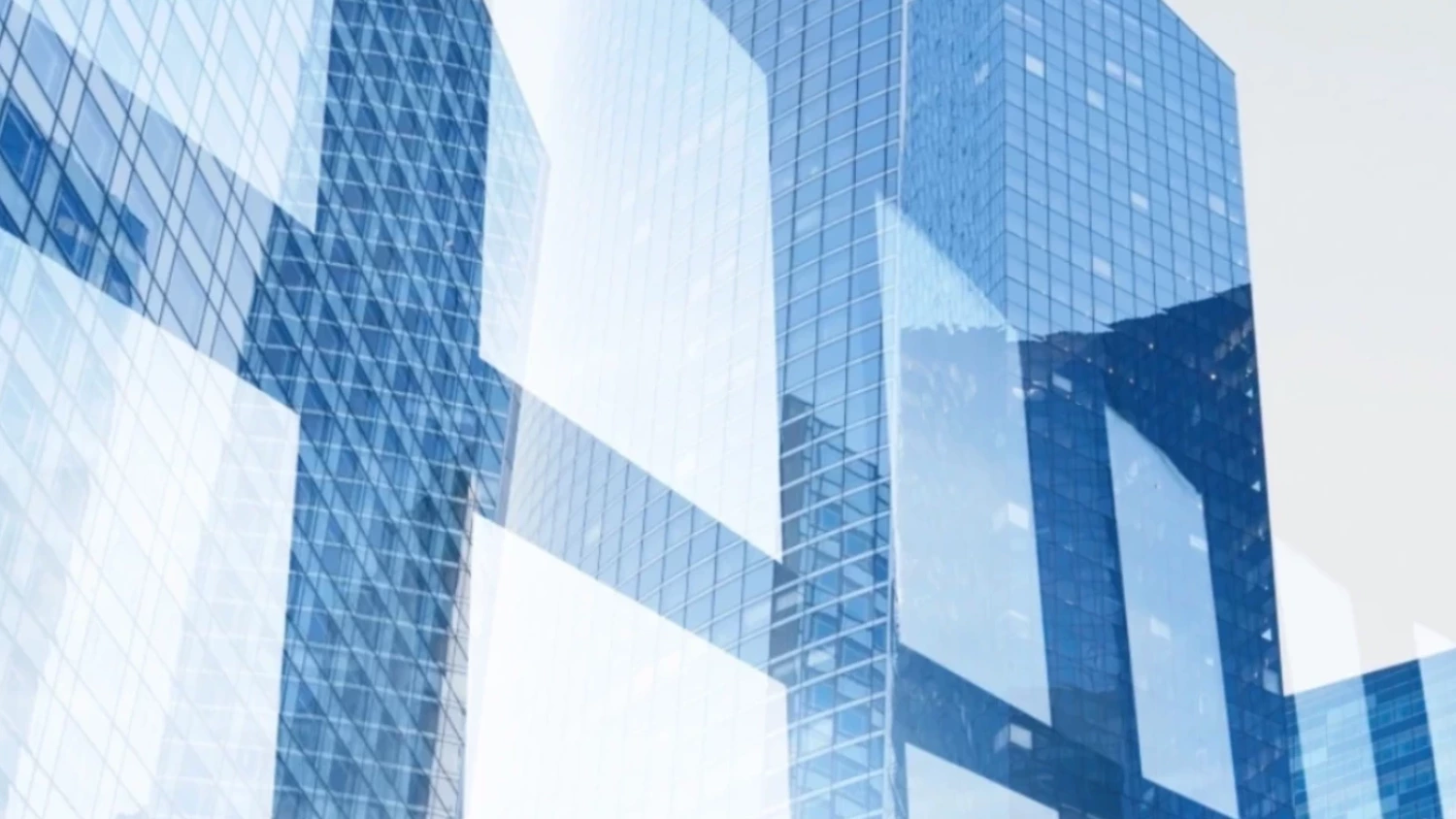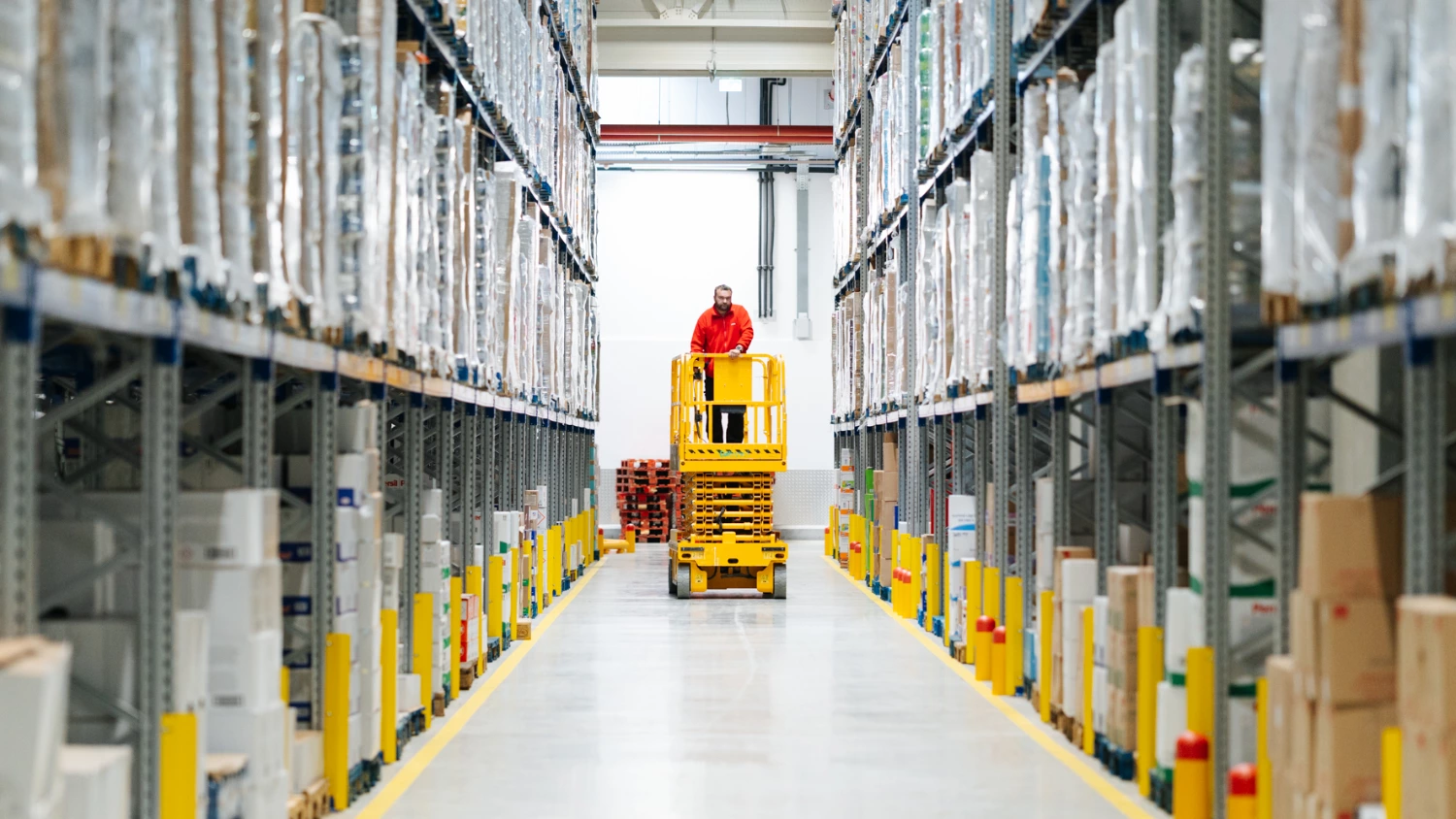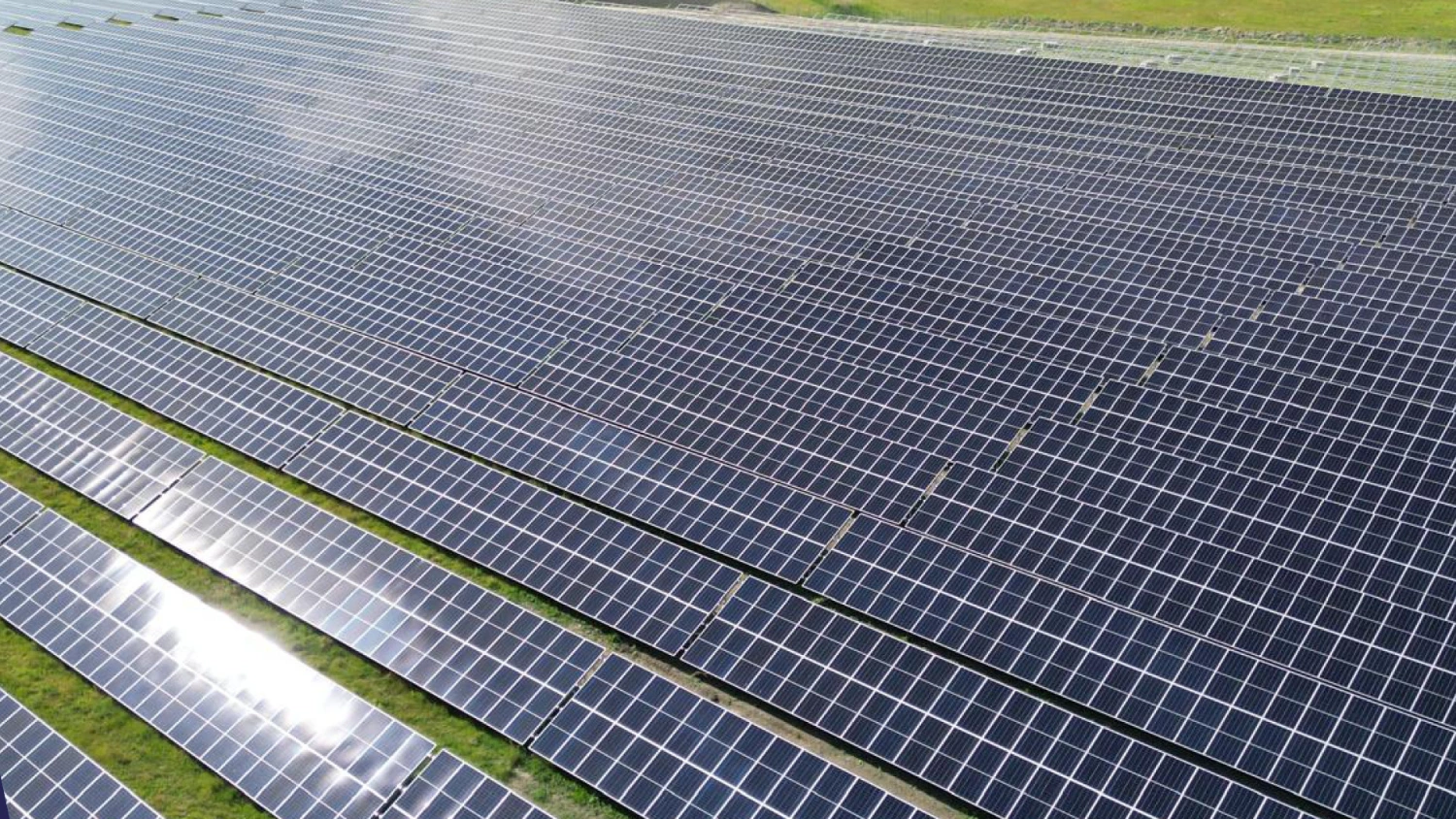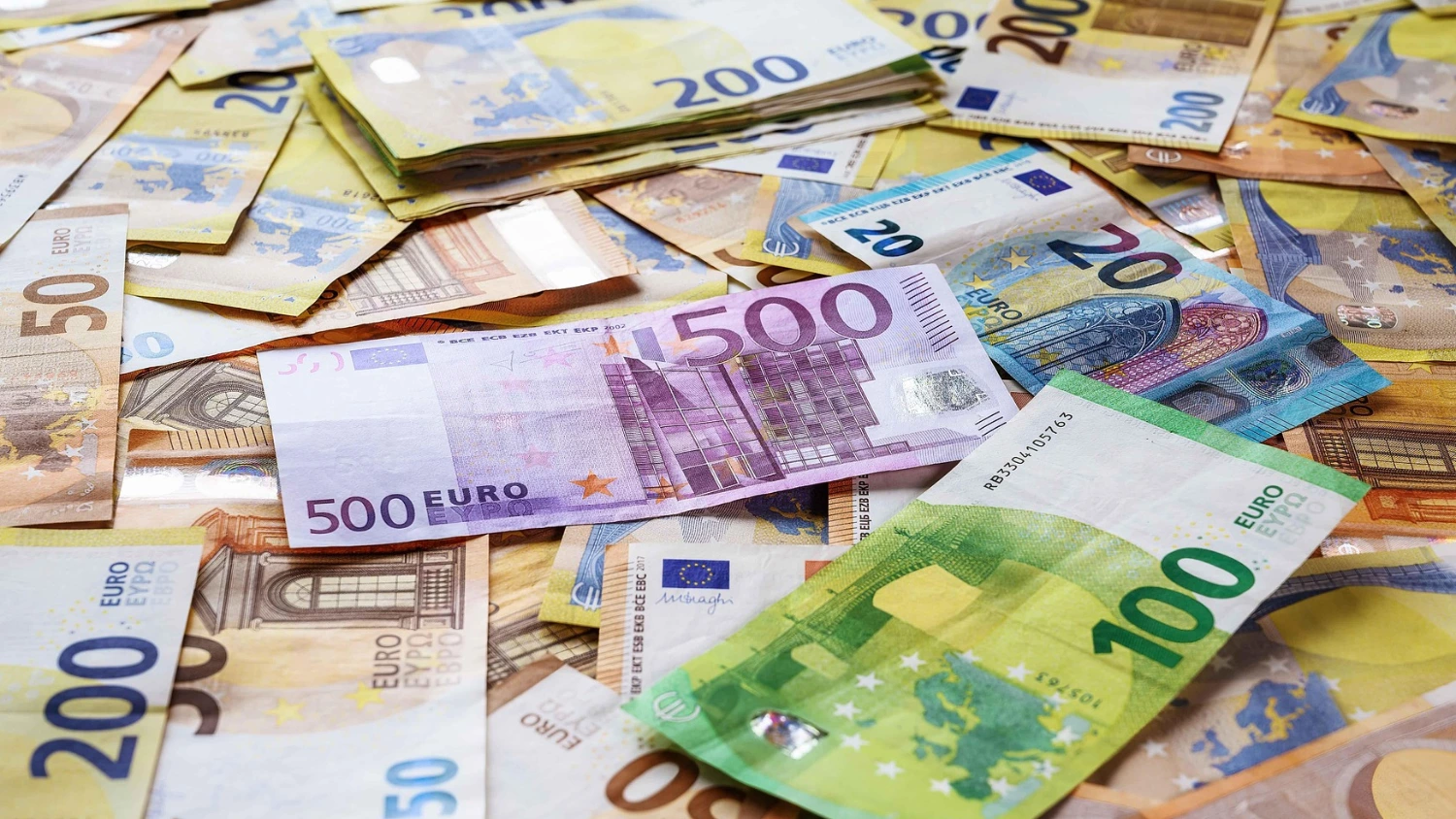In Romania, towns with fewer than 100,000 inhabitants have modern retail stock of around 70 sqm per 1,000 residents, 2 to 11 times lower than other CEE-6 countries.
"Romania still has potential for modern retail development. We see solid demand, fuelled by rising consumption and international brands' interest in expanding through retail parks. These projects provide attractive yields for investors and an adaptable format for tenants," explains Simina Niculiță, Director at Colliers. "Every town with an active local economy and population of at least 15,000-20,000 inhabitants will become a focal point for this development."
The largest gap compared to most CEE countries is in towns with 10,000-50,000 inhabitants, where Romania averages 70 sqm per 1,000 residents, well below the 500 sqm in Czechia and Poland, or 800+ sqm in Slovakia. This expansion trend is visible across Central and Eastern European markets. In Poland, retail parks now represent 22% of total modern retail stock, up from 9% in 2015.
Recent developments emphasize sustainability criteria, integrating energy-efficient buildings, green spaces and environmentally friendly mobility solutions like electric vehicle charging stations.
"Retail parks are becoming key nodes for omnichannel retail, with click & collect services, return points or showrooming options that complement the classic shopping experience," adds Niculiță. Prime yields for retail park projects range between 8% and 9%, depending on location and tenant mix.
Colliers expects retail parks to continue multiplying across all town categories, with projects increasingly combining shopping areas with residential, office or leisure components. Romania is becoming more attractive for international investors due to its strategic regional position, growth potential, and retailers' performance.










